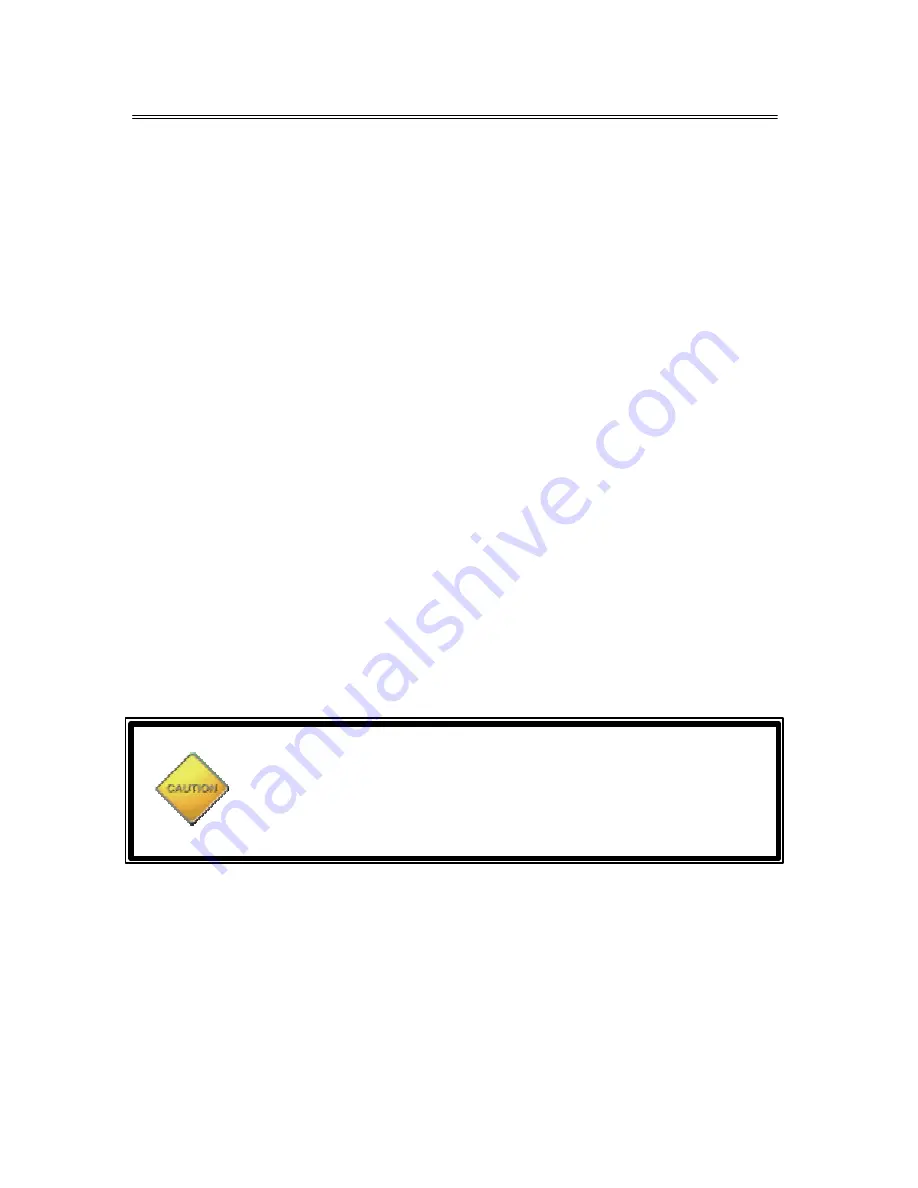
Always “On” UPS Systems Inc.
3
Version 2.2
3. INSTALLATION
3.1.
Unpacking and Inspection
Examine the packaging for damage. Inform the carrier immediately if
and/or when damage is noticed. Retain the packaging for future use.
3.2.
Placement
Install the UPS in a protected area with adequate airflow and free of
excessive dust. Do not operate the UPS where the temperature and
humidity is outside the specified limits.
3.3.
Connect Computer Interface (Optional)
UPSMON (or other power management software) and an interface kit can
be used with this UPS. Use only kits supplied or approved by the
manufacturer. If used, connect the interface cable to the 9-pin computer
interface port on the back panel of the UPS (See Back Panel). This is
optional; UPS will work properly without a computer interface
connection.
3.4.
Connect to Utility
Connect the AC input power connector (Included) to utility power.
3.5.
Charging the Battery
The UPS charges its battery whenever the UPS is in LINE mode. For
best results, charge the battery for 4 hours initially before connecting the
load.
3.6.
Connecting the Loads
Plug the loads into the output connectors on the rear of the UPS. To use
the UPS as a master on/off switch, make sure all of the loads plugged into
the UPS are switched on.
Caution:
Never connect a laser printer or plotter to the UPS with other computer
equipment. A laser printer or plotter draws significantly more power on
start-up than when idle, and will overload the UPS. If a laser printer
or plotter
requires protection against blackouts, brownouts and over-
voltage the UPS needs to be increased in size to accommodate the
inrush of power.

































